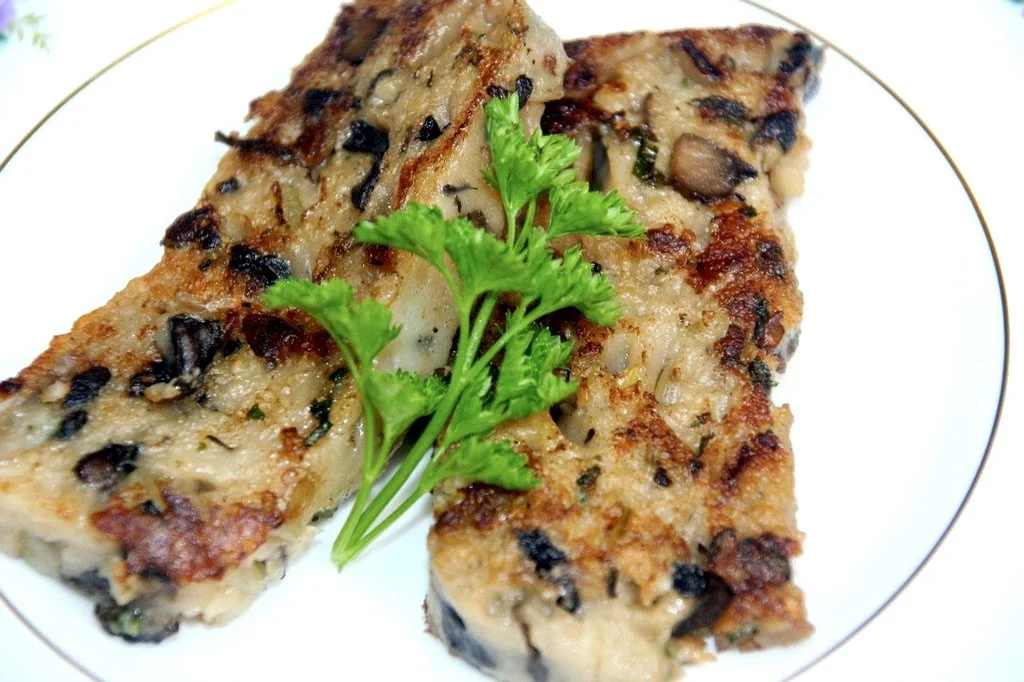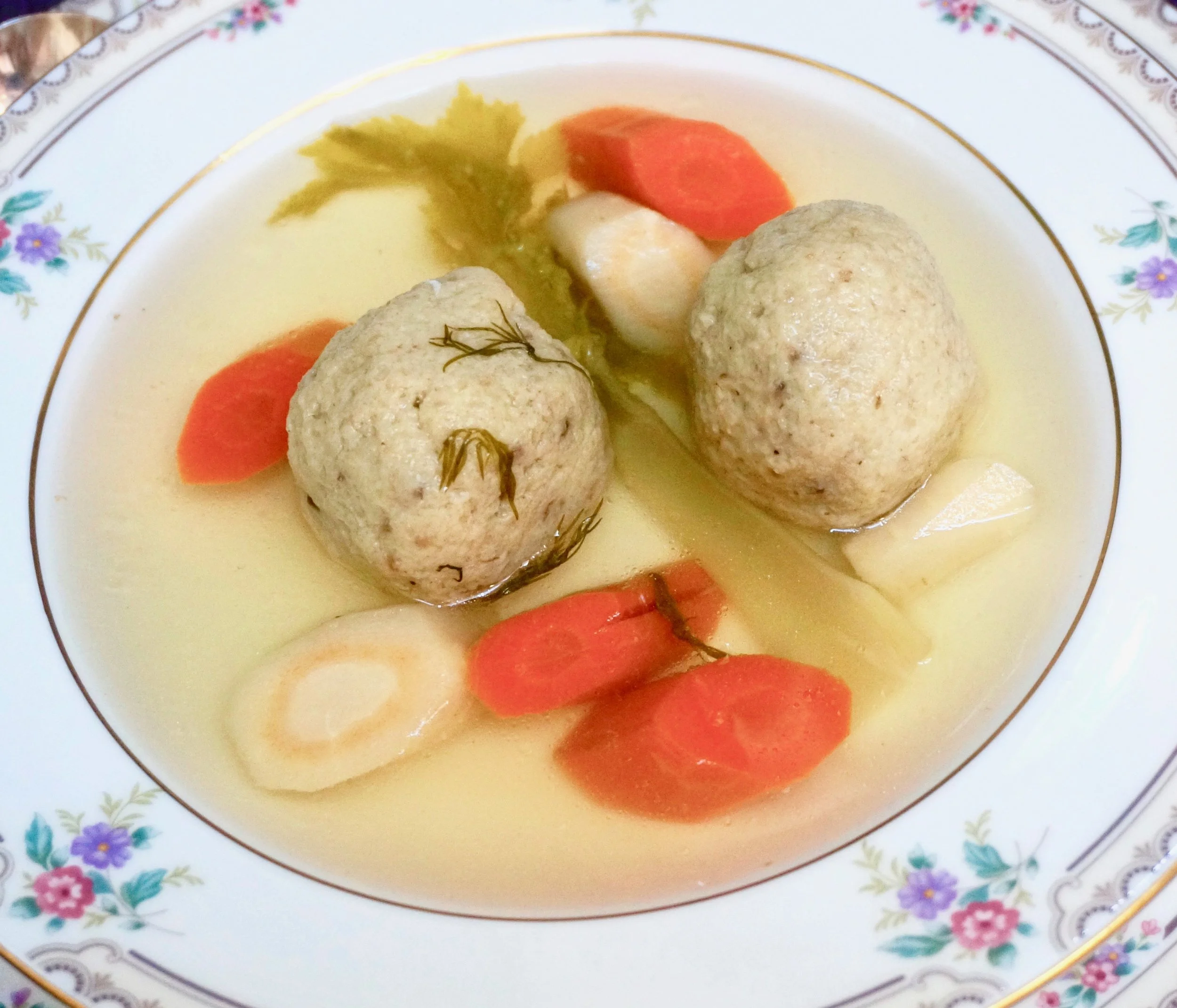Every cook makes mistakes. Even the best cooks. Even chefs. Even food writers and cooking teachers.
Once, when I was teaching a baking class and meant to prepare a recipe for a chocolate “souffle roll” — a jelly roll stuffed with whipped cream and sliced strawberries — I forgot to put a towel or parchment paper underneath the cake that would help me roll it up. The cake stuck to the counter in parts, so rolling it was nearly impossible. The top cracked in several places and looked awful. So I quickly got out some confectioner’s sugar and sifted lots of it all over the top of the cake. It looked so pretty you could actually think that this was the way it was supposed to be all along.
Jelly rolls, made without flour, are very popular for Passover, of course. And maybe most people won’t make the mistake I did with that chocolate roll. But sometimes, when you’re rolling a flourless jelly roll, it cracks anyway.
That has happened to me too. When I don’t doctor things by sifting confectioner’s sugar or cocoa or something else on top (like a glaze or frosting), I cut the cake and make layers out of it, instead of rolling it jelly roll style.
Take a look at this recipe, for a toasted almond flourless jelly roll cake. You can roll it the standard way (look for instructions at the end of the recipe). But it is also pretty when you cut the cake and stack it stuffed with good, moist ingredients like fruit and jam (or pastry cream, whipped cream, ganache and so on) and garnish the top with a simple sprinkle of confectioner’s sugar, chopped nuts, shredded coconut and so on.
Toasted Almond Napoleon with Balsamic-Glazed Bananas
6 large eggs, separated
1/2 cup sugar
pinch of salt
1-1/2 cups ground almonds
1 teaspoon ground ginger
potato starch or Passover confectioner’s sugar
10 ounces strawberry or cherry preserves
2 tablespoons balsamic vinegar
1 medium chopped banana (about 1 cup)
Passover confectioner’s sugar, optional
Grated coconut
Preheat the oven to 350º. Line a 15-1/2-inch by 10-1/2-inch jelly roll pan with parchment paper or waxed paper; lightly oil the paper. Set aside. Beat the egg yolks with 6 tablespoons of the sugar and the salt with an electric mixer set at medium for about 3 minutes or until the mixture is thick and pale. Stir in the almonds and ginger. Beat the egg whites with an electric mixer at medium speed until the whites are foamy. Continue to beat, gradually raising the speed to high and gradually adding the remaining 2 tablespoons of sugar until the whites stand in stiff, glossy peaks. Stir one-third of the whites into the nut mixture and blend in thoroughly. Add the remaining beaten whites and fold them in gently. Spread the batter evenly in the prepared pan. Bake for about 20 minutes or until the cake is lightly browned and springs back when touched gently. Place the pan on a cake rack. Cover it with a lightly dampened towel and let it cool. Place a kitchen towel on a clean work surface and sprinkle it with potato starch or Passover confectioner’s sugar. Invert the cake over the towel and pat the pan to loosen the cake. Remove the paper. Cut the cake into 3 sections on the longer edge (each section will now be about 5 inches x 10-1/2 inches). Mix the preserves and balsamic vinegar together. Spread most of the preserves on two of the sections, reserving about 3 tablespoons. Scatter the banana on top of the preserves. Layer one section on top of the other. Place the plain layer on top. Spread with the remaining 3 tablespoons preserves. Sprinkle with grated coconut. Cut with a serrated knife. Makes 8-10 servings.
To make a classic jelly roll: Spread the preserves mixture on top of the cake. Scatter the chopped banana (and coconut, if desired) on top. Roll the cake, starting at a narrow end. Lift it onto a platter, seam side down. Sprinkle with Passover confectioner’s sugar if desired.








